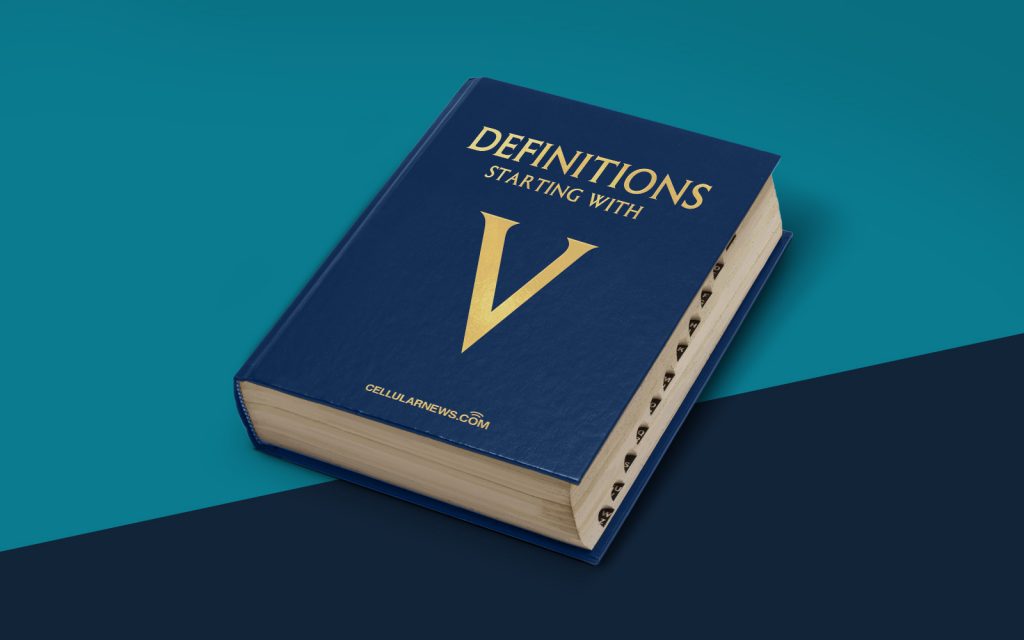
What is a Video Compact Disc (VCD)?
Welcome to the “DEFINITIONS” category of our blog! In this series, we explore various terms and phrases related to different technologies and industries. Today, we’re diving into the fascinating world of Video Compact Discs, commonly known as VCDs. But what exactly is a VCD?
A Video Compact Disc (VCD) is a digital optical disc format that was developed in the early 1990s. It was one of the first consumer-oriented formats to offer video playback on compact discs. VCDs gained popularity, particularly in Asian markets, as an affordable alternative to the more expensive DVD players and discs.
Key Takeaways:
- VCDs are digital optical discs that provide video playback.
- They were developed as a cost-effective alternative to DVD players and discs.
So, how does a VCD work? Well, it utilizes a technology called MPEG-1 to compress audio and video data onto a standard compact disc. This compression technology allowed VCDs to store approximately 74 minutes of audiovisual content on a single disc. Instead of using analog formats, VCDs store audio and video data digitally, resulting in a higher video quality compared to VHS tapes at the time.
To play a VCD, you need a compatible VCD player, which is often a standalone device. However, some DVD players and personal computers can also support VCD playback. The player reads the digital information on the disc and decodes it into audio and video signals, allowing you to watch the content on a connected TV or computer monitor.
VCDs became particularly popular in countries like China, India, and the Philippines, where they offered an affordable way for people to enjoy movies and other video content at home. They also gained traction as a medium for distributing pirated copies of movies due to their low cost and wide availability.
Key Takeaways:
- VCDs use MPEG-1 compression technology to store audio and video data on a standard compact disc.
- A compatible VCD player is required to play VCDs.
While VCDs had their time in the limelight, they eventually became overshadowed by the emergence of DVDs with their superior video and audio quality. DVDs offered a significant upgrade with their larger storage capacity and enhanced features like menus, extra content, and better picture resolution.
Today, VCDs are considered outdated and have largely been replaced by DVDs and digital video formats that offer even higher quality and convenience. However, they still hold nostalgic value for those who remember the early days of digital video technology and the affordability they brought to the masses.
In conclusion, a Video Compact Disc (VCD) is a digital optical disc format that provided video playback on standard compact discs. Although it has become obsolete with the advent of DVDs and digital formats, VCDs played a significant role in expanding access to video content, particularly in Asian markets. We hope this article has clarified the concept of VCDs for you, and stay tuned for more exciting definitions in our “DEFINITIONS” category!
